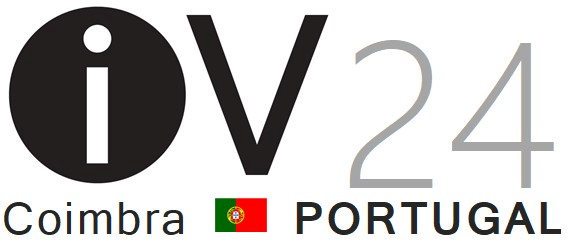Visualization and Artificial Intelligence for Medicine, Healthcare, and Social Good
The long-time standing symposium on BioMedical Visualization (IVBi) is updated for the International Conference on Information Visualisation. The symposium covers all aspects of visualization and issues affecting large and complex data sets in medicine, healthcare, and social goods. Artificial intelligence in medicine and healthcare is an all-encompassing term employed to describe the use of machine learning, artificial intelligence, and deep-learning and related developments to aid, automate, and/or strengthen presentations and comprehension of complex medical diagnoses and healthcare data. Technology for social good aims to improve individuals’ lives and their impact on the environment, equality, inclusion, hunger, education, mobility, transport, and human rights. We encourage submitting papers covering new techniques, old techniques applied in novel ways, new methods, interesting applications, and in-depth surveys.
Medical and healthcare topics include, but are not limited to:
- High-performance computing and parallel rendering
- Signaling pathways, biochemical networks
- AI and computer-aided diagnosis
- Visualization of longitudinal health data
- Operational initiatives support
- Data-driven drug discovery, digital drug discovery, and development
- Small molecule drug design
- Health-related event detection in large data collections
- Fusing, interpreting, and visualization of health and wellness data
- Multimedia for the self-management of personal health
- AI and decision support systems in healthcare
- Monitoring of health-related daily activities
- Sensors for e-health
Social good topics of interest include but are not limited to:
- Supporting self-monitoring of personal health
- Social good for people with special needs
- HCI for social good
- Social good for equality and inclusion
- AI & Machine learning applications for social good
- Systems and devices for inclusion
- Systems for Patient Empowerment
- Games and multimedia applications for social good
Examples of visualization topics include, but are not limited to:
- Interaction with data sets, human factors
- Data exploration using classical and novel approaches
- Visualization and databases
- Linking literature and semantics in pathway visualizations
- Volume and flow visualization
- Annotation and labeling
- Overview and detailed presentation of predictive or uncertain data
- Comparative Methods / User Studies / Surveys
- Identification of correlated and anomalous relationships in disparate data sets
- Please check the submission procedures @ the submission page.
General enquiries and submissions should be addressed to the Conference Coordinator.
Symposium-Specific enquiries should be addressed to:
Urska Cvek (Prof.), Louisiana State University USA, ucvek@lsus.edu
Marjan Trutschl, Sc.D., Louisiana State University USA, mtrutsch@lsus.edu
Heimo Mueller, Ph.D., Medical University Graz AT, heimo.mueller@medunigraz.at
Harri Siirtola , (TAU) harri.siirtola@tuni.fi
Wai Lok Woo (Prof.), Artificial Intelligence and Digital Technology Research Cluster, wailok.woo@northumbria.ac.uk
Rita Francese, Università degli Studi di Salerno | UNISA ITALY, francese@unisa.it
Veronica Rossano, University of Bari, ITALY, veronica.rossano@uniba.it
